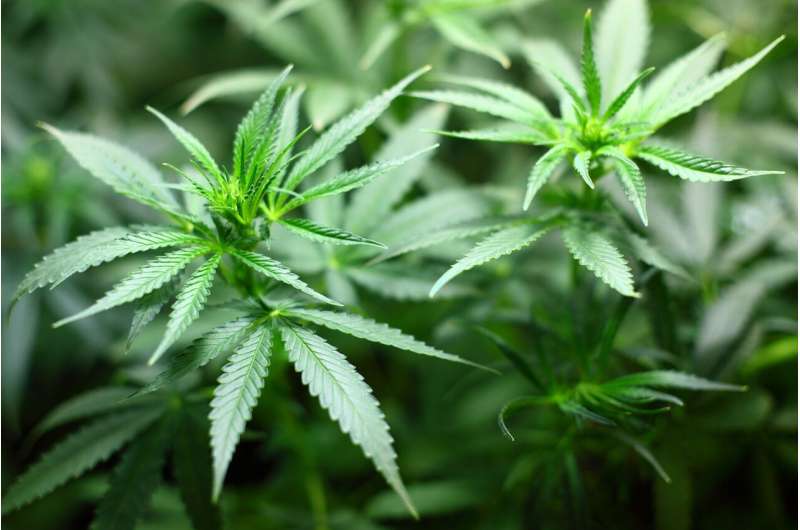
Legalization of cannabis in many areas has led to its use to treat an array of health issues. Of those surveyed in a study out of the University of Alberta, Edmonton, Canada, one in three women near the menopause transition use cannabis; most for medical purposes overlapping with menopause symptom management. Results will be presented during The North American Menopause Society (NAMS) Annual Meeting in Washington, DC, September 22-25, 2021.
Although the concept of using cannabis to manage various menopause symptoms is not new, there has been little research, to date, to document exactly how many women are currently using it specifically for medical purposes related to menopause. This new study out of the University of Alberta, sought to examine the rates and patterns of cannabis use and its perceived effectiveness in managing symptoms that overlap with menopause. Cannabis has been fully legalized in Canada since 2018.
Researchers in the study analyzed responses from nearly 1,500 women living across the province of Alberta, of which 18% were in premenopause, 33% were in perimenopause, 35% were in postmenopause, and a small percentage had either undergone a hysterectomy and/or bilateral oophorectomy. Of the women studied, roughly a third (33%) reported using cannabis within the last 30 days and 65% indicated ever using cannabis. Current cannabis rates were similar among the different menopause stages.
Of the 499 current cannabis users, 75% reported use for medical purposes. The most common reasons for current use included: sleep issues (65%), anxiety (45%), muscle/joint achiness (33%), irritability (29%), and depression (25%). Three-quarters of current users found cannabis helpful with their symptoms.
In addition, researchers documented that women using cannabis were more likely than non-users to report sleep issues, mood issues (including depression, mood swings, irritability, and anxiety), difficulty concentrating, muscle/joint achiness, and painful intercourse. Edibles (52%) and oils (47%) were the most common used cannabis formulation. The most common sources of cannabis information for medical purposes were Internet searches (46%) and family/friends (34%).
“Our study confirmed that a large percentage of midlife women are using cannabis for symptoms that overlap with menopause, especially those women who reported more symptoms,” says Katherine Babyn, a Master of Science student from the University of Alberta and first author of the study abstract. “In addition, many of these women are claiming to get relief for their symptoms through the use of cannabis.” The study was funded by an operating grant from the Canadian Institutes of Health Research (CIHR).
Source: Read Full Article
